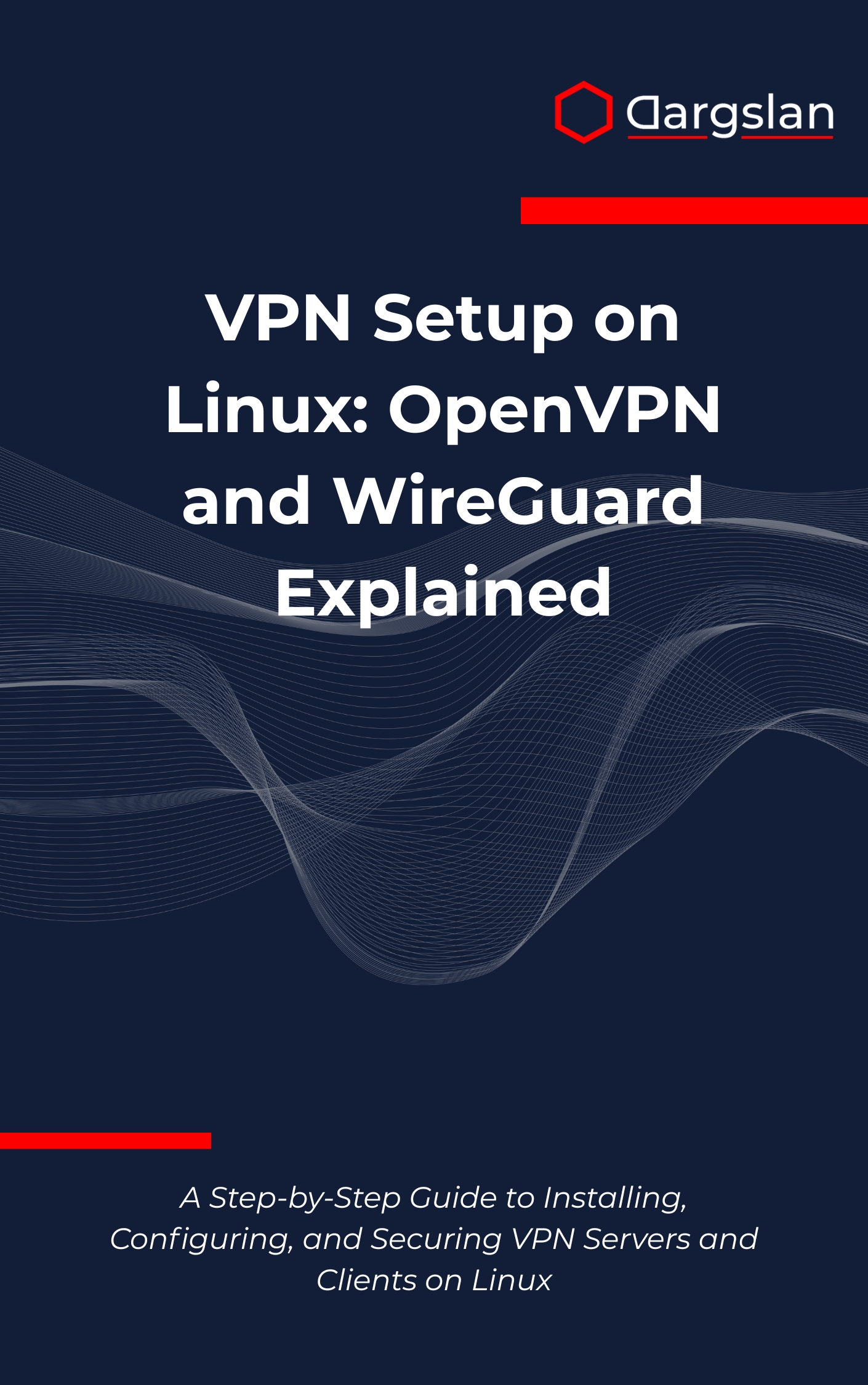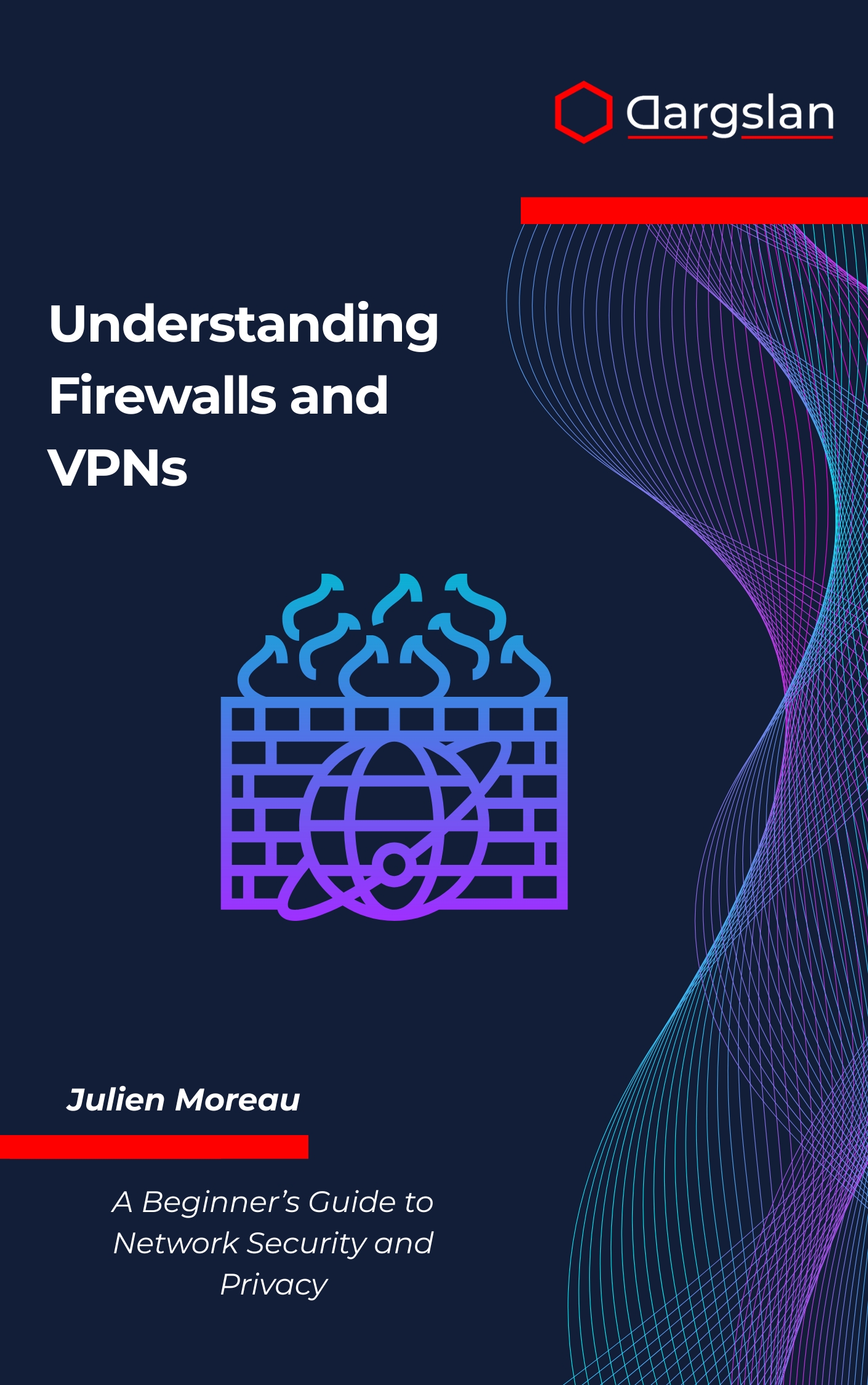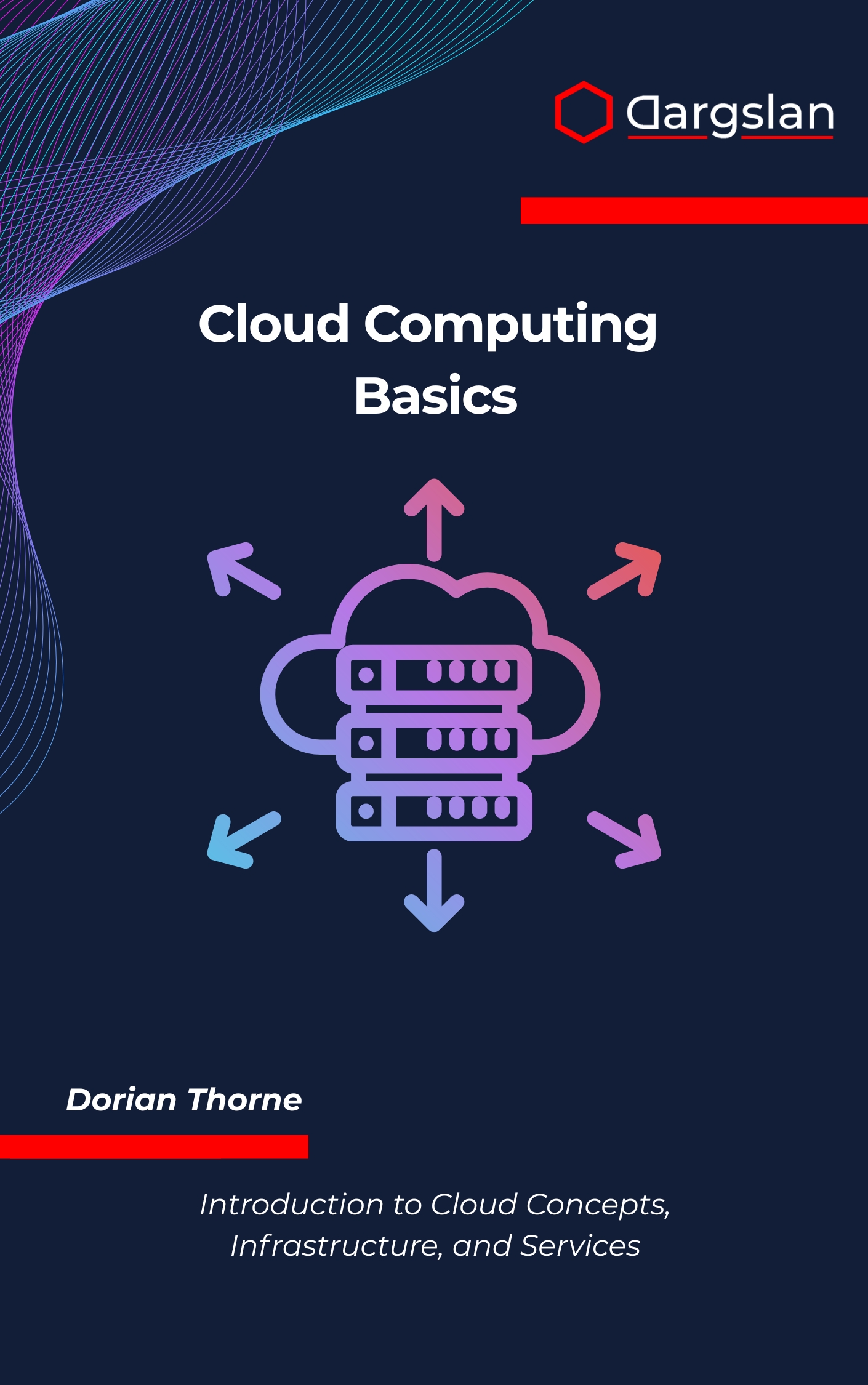VPN Setup on Linux: OpenVPN and WireGuard Explained
Linux Performance Tuning for Administrators,Boost Linux performance with professional tuning and optimization methods.

Need a reliable, production-grade VPN on Linux without guesswork? This expert-written guide walks you from clean server to fully secured tunnels, covering both OpenVPN and WireGuard with clarity, checklists, and ready-to-use configuration templates.
Whether you’re rolling out remote access, site-to-site links, or cloud gateways, you’ll find step-by-step instructions, hardened defaults, and practical troubleshooting that save hours—and prevent the mistakes that break connectivity or weaken security.
A Step-by-Step Guide to Installing, Configuring, and Securing VPN Servers and Clients on Linux
Overview
VPN Setup on Linux: OpenVPN and WireGuard Explained is a practical, hands-on IT book and programming guide for building, hardening, and operating VPNs on Linux in real environments. This technical book delivers a complete workflow for OpenVPN installation and configuration, WireGuard setup and management, Linux VPN server deployment, certificate authority management, client configuration and connection management, firewall integration and security hardening, network routing and topology design, VPN automation and monitoring, cloud VPN deployment, and troubleshooting and performance optimization. If you want A Step-by-Step Guide to Installing, Configuring, and Securing VPN Servers and Clients on Linux that you can apply immediately, this is your comprehensive resource.
Who This Book Is For
- System administrators who need dependable, repeatable VPN deployments and hardened defaults for compliance, with clear procedures that reduce downtime and simplify maintenance.
- DevOps and cloud engineers aiming to standardize Linux VPN server deployment across on-prem and cloud, learning how to automate provisioning, peer management, and monitoring at scale.
- Security-conscious professionals, consultants, and power users ready to take control of their network privacy—build, secure, and optimize your own tunnel with confidence.
Key Lessons and Takeaways
- Deploy production-ready OpenVPN and WireGuard servers on popular Linux distributions, using vetted configuration templates and commands that work out of the box. Understand when to choose each protocol based on performance, cryptography, and operational needs.
- Master identity and trust with a robust certificate authority management process for OpenVPN and streamlined key handling for WireGuard. Implement least-privilege access, rotate credentials safely, and enforce secure cipher suites and TLS settings.
- Integrate firewalls and routing without guesswork, using UFW, iptables, or nftables to shape traffic, prevent leaks, and enforce policies. Design scalable topologies, enable split or full tunneling, and tune MTU, keepalives, and performance for stable throughput.
Why You’ll Love This Book
This guide prioritizes clarity and action over theory, with step-by-step walkthroughs, annotated configs, and security checklists that translate directly to production. It covers both the essentials and advanced techniques—firewall rules, routing, DNS, automation, and monitoring—so you can go from pilot to scale with confidence. You’ll also find cross-platform client guidance and distro-aware tips that minimize surprises during rollout.
How to Get the Most Out of It
- Follow the recommended path: start with a single-node lab, build a baseline server, add one client, and validate routing and DNS. Then progress to multi-peer setups, site-to-site links, and finally high-availability or cloud gateways.
- Apply as you read: mirror each chapter on a test VPS or local VM, commit your configs to version control, and document IP plans, CIDRs, and ports. Use the checklists to harden step by step instead of saving security for later.
- Reinforce with mini-projects: create a road-warrior profile for a laptop and phone, deploy a site-to-site tunnel between two offices, and spin up a cloud VPN hub with monitoring. Benchmark latency and throughput to verify optimizations.
Deep-Dive Highlights You’ll Put to Work
Get complete OpenVPN installation and configuration procedures, including server profiles, client bundles, and robust TLS settings. Learn to manage a clean PKI lifecycle—init, sign, revoke, and distribute—without confusion or accidental trust issues.
Set up WireGuard peers with streamlined key exchange, persistent keepalive, and allowed IPs mastered. Build both hub-and-spoke and mesh topologies, and understand when to use each pattern for remote access, partner connectivity, or multi-site networks.
Integrate firewalls confidently: apply UFW profiles for quick starts, move to iptables or nftables for granular control, and enforce egress restrictions to prevent leaks. Configure policy-based routing and DNS to keep traffic predictable and secure.
Operationalize your VPN with automation and monitoring. Use systemd units, shell scripts, or config management to standardize provisioning, then add metrics and alerts to track peers, handshake health, and bandwidth patterns over time.
Troubleshoot like a pro with a structured methodology: verify interface state, keys, and routes; test MTU and MSS; inspect NAT and forwarding; and read logs with intent. Performance tune with cipher selection, UDP vs. TCP decisions, parallelization, and NIC offload options.
Real-World Scenarios Covered
- Remote workforce access with per-user profiles, device onboarding, and MFA-friendly workflows that align with corporate policies.
- Site-to-site links between branch offices with route summarization, subnet overlap strategies, and controlled inter-site ACLs.
- Cloud VPN deployment using minimal images on providers like AWS, Azure, or Hetzner, with hardened SSH, minimal ports, and backup/restore procedures.
What Makes the Approach Different
Every concept is demonstrated with exact commands, configuration fragments, and test steps, so you always know what to run and how to validate success. The book avoids one-off tricks and instead builds reusable patterns you can standardize across teams and environments.
Extensive appendices include command references, configuration templates, and security checklists you’ll return to during audits, migrations, and incident response. It’s a reference you’ll keep open while you deploy.
Get Your Copy
Take control of your network security and ship a VPN you trust—fast. Build it right the first time, scale it with confidence, and keep it secure with a repeatable playbook.




